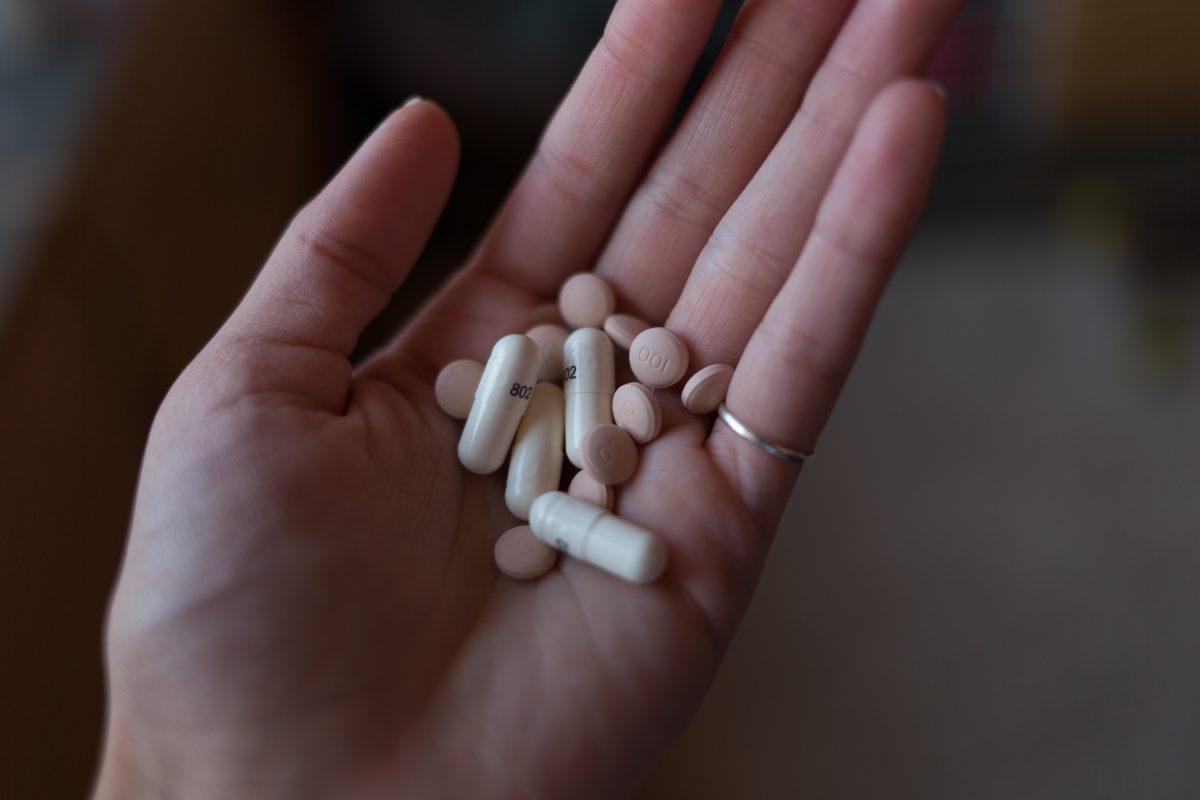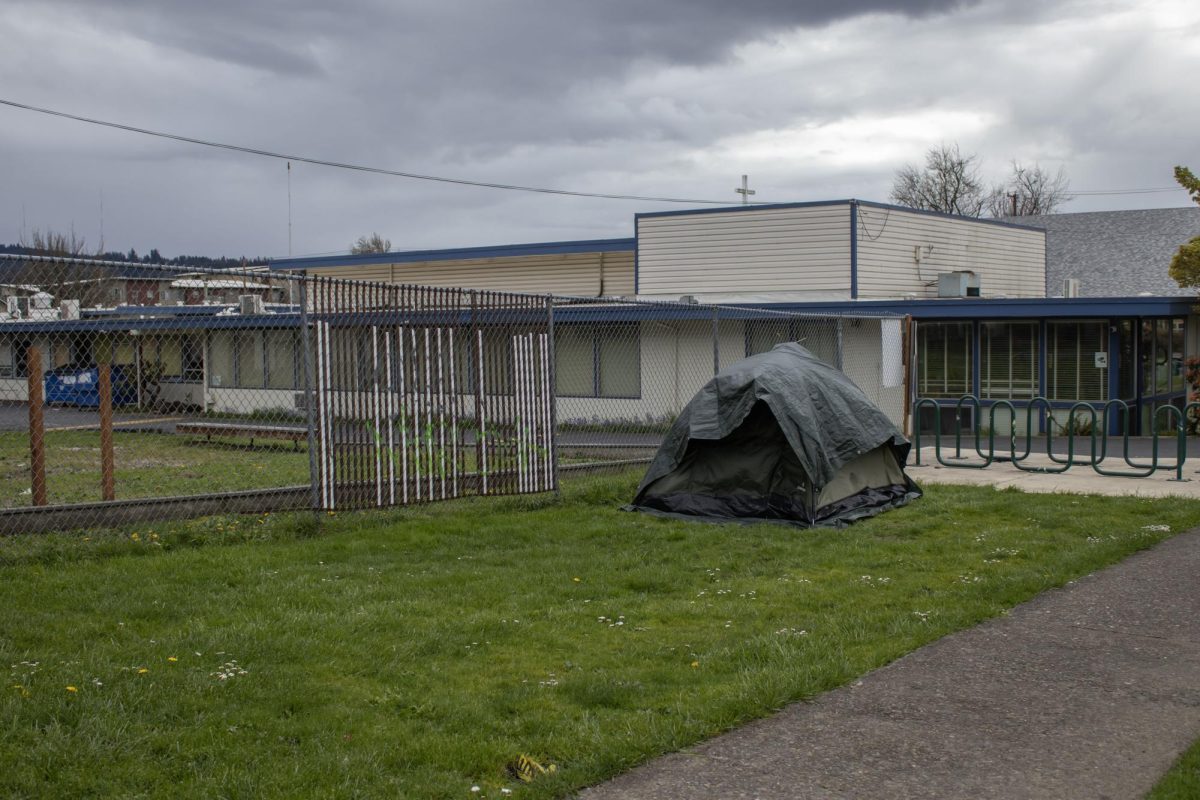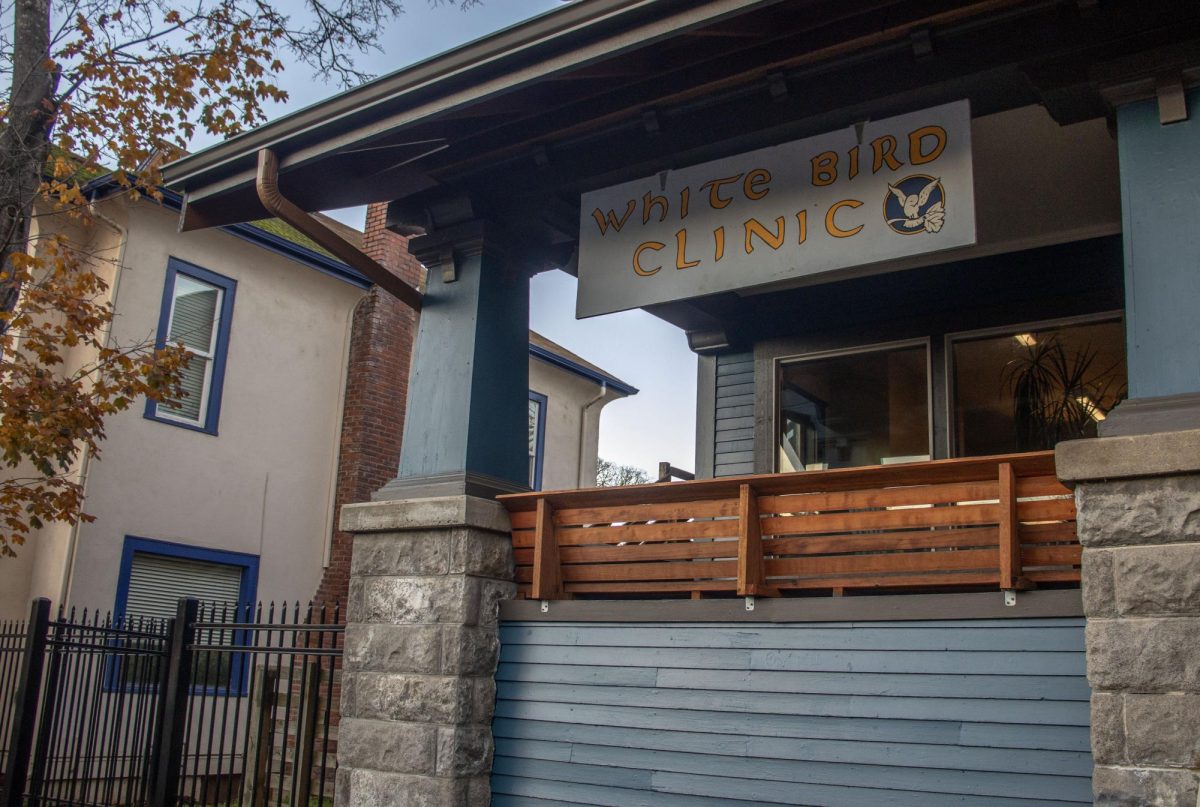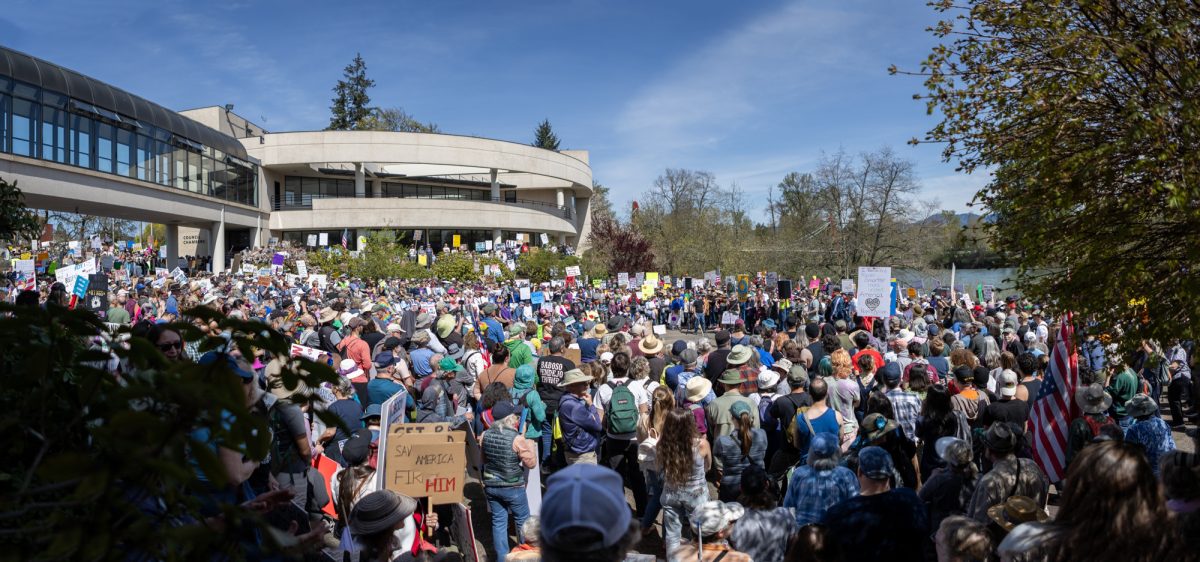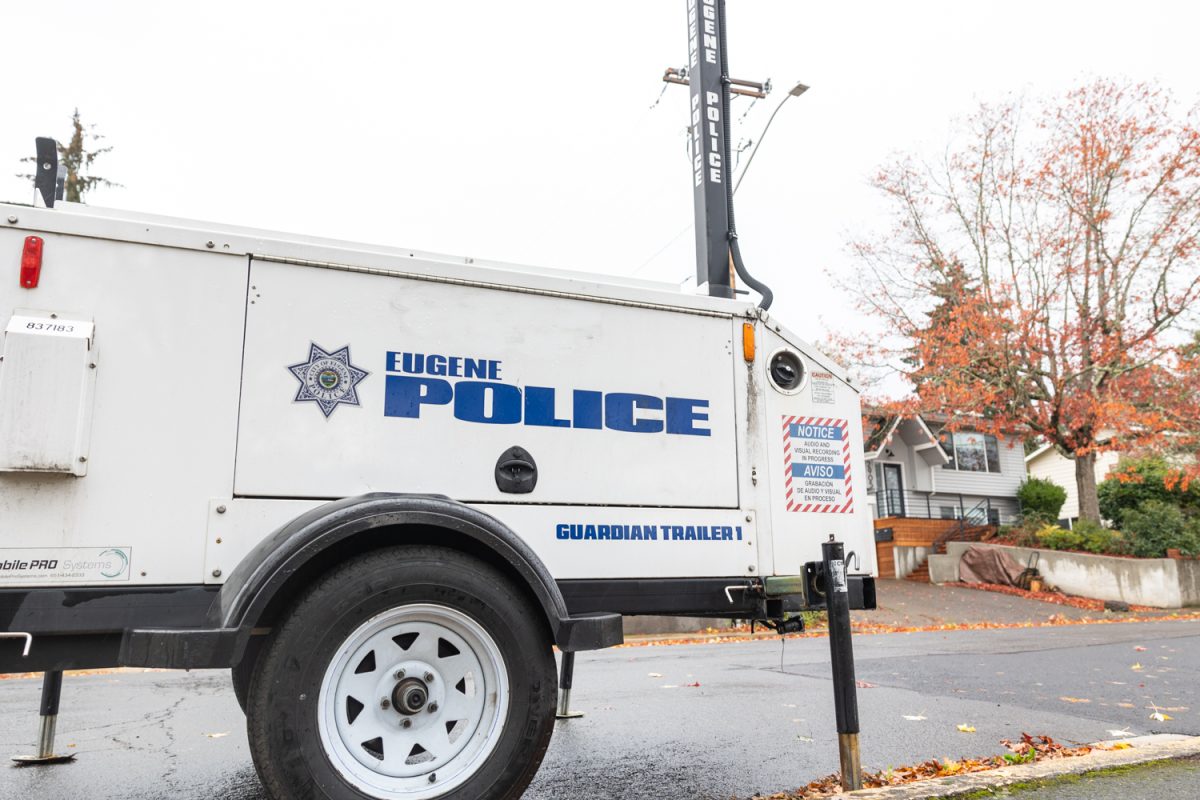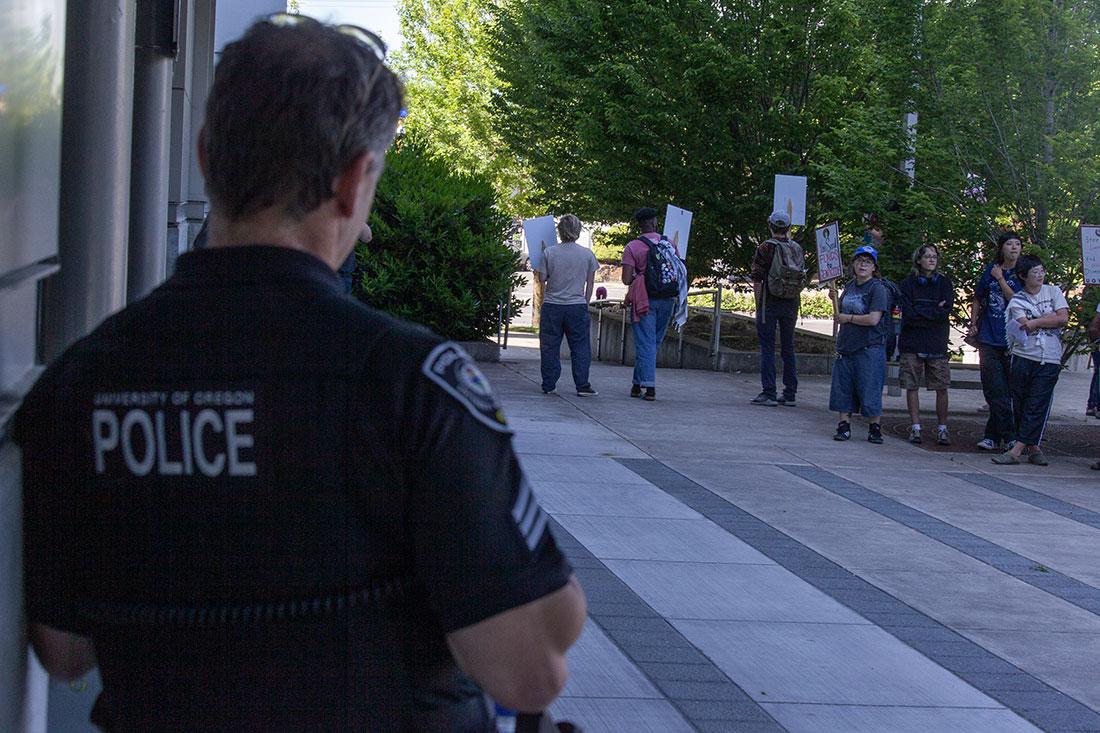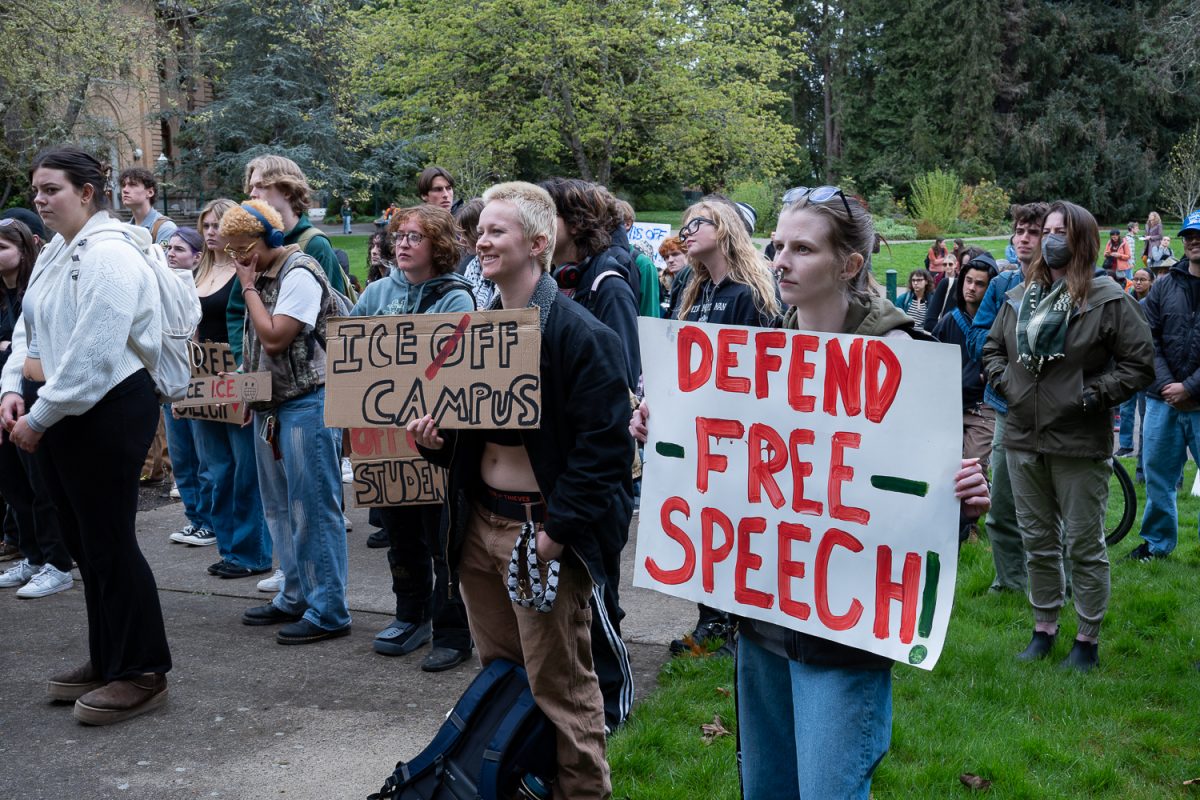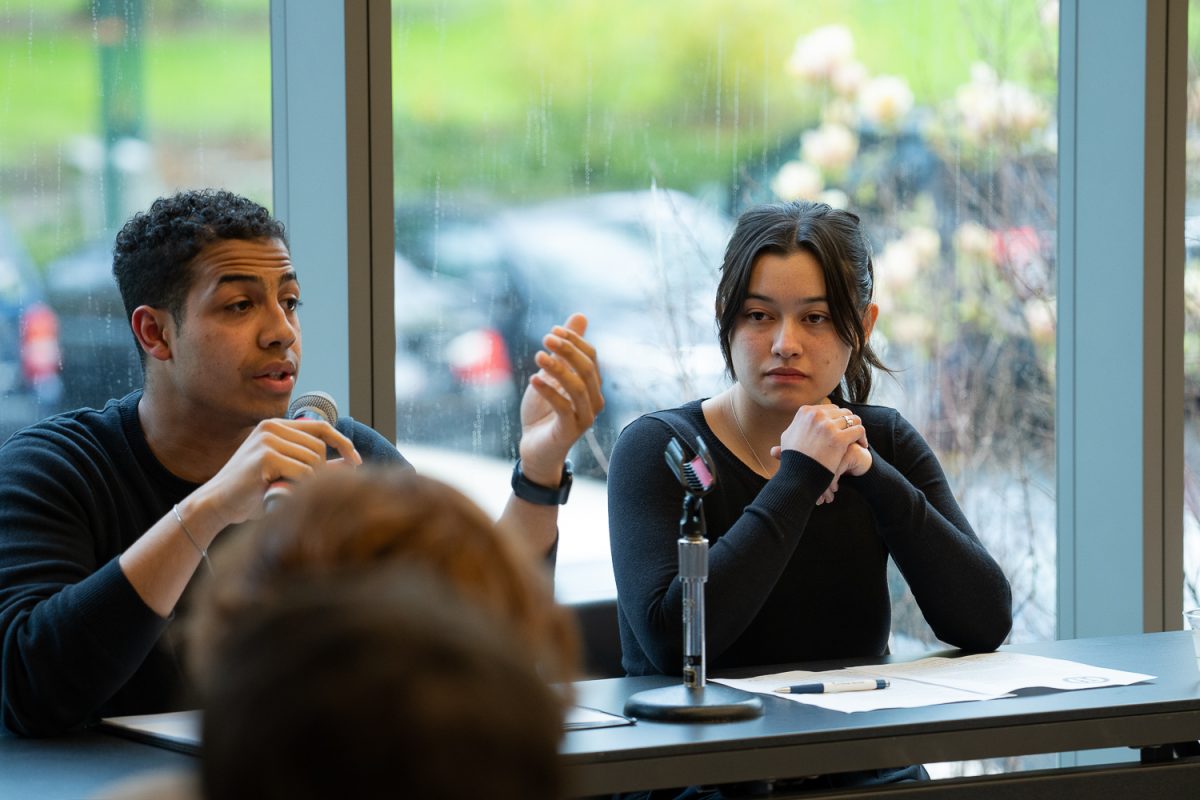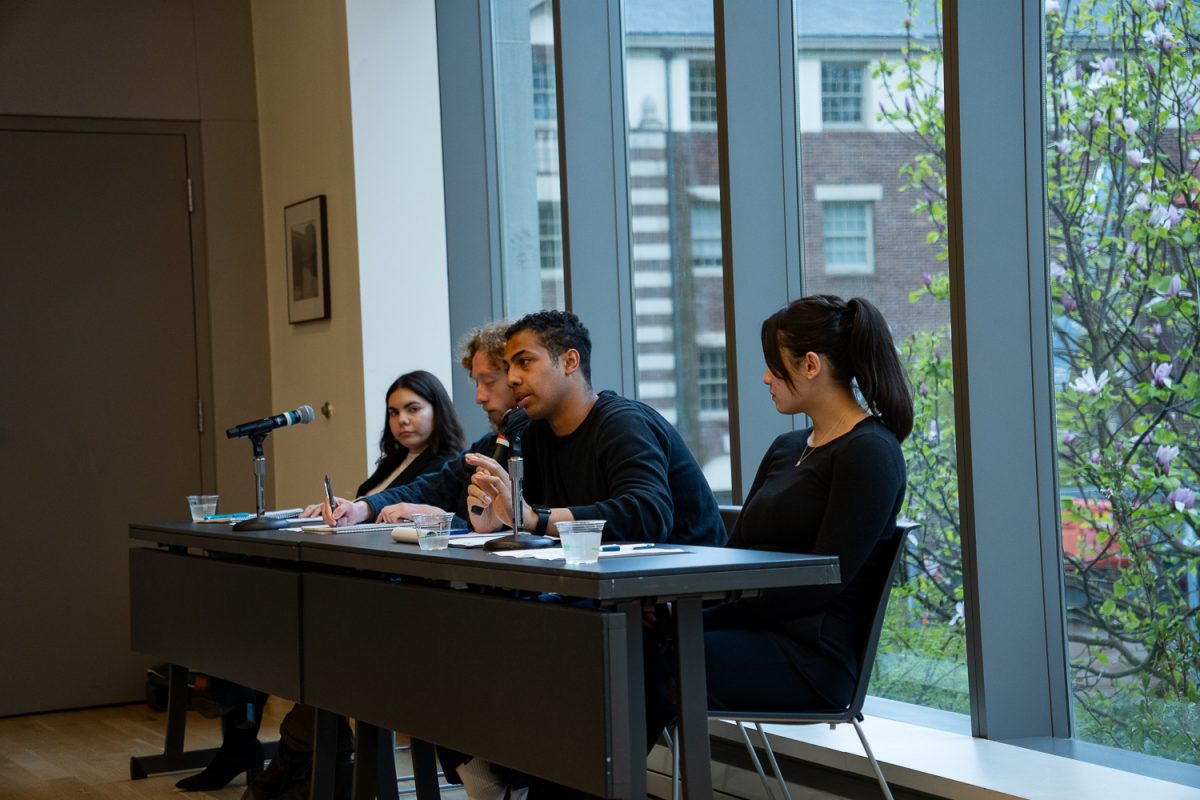As the nation continues to grapple with what’s been coined as the “opiate epidemic,” an influx of opiate and prescription-related deaths beginning in the late 1990s, college campuses around the nation are responding with a growing number of resources for students struggling with substance abuse. One of the resources at …
On April 1, Gov. Tina Kotek signed House Bill 4002, which walks back Oregon’s three year-old drug reform initiative, Ballot Measure 110. Measure 110 was initially passed with approximately 58.5% support from Oregon voters in November 2020 and went into effect in February 2021.
The measure reclassified drug possession laws in Oregon, changing the personal possession of controlled substances including heroin, cocaine and methamphetamine from a Class A misdemeanor to a Class E violation punishable with a small fine. The fine was dismissable if the individual sought treatment within 45 days of receiving the citation.
Under HB 4002, individuals charged with possession will now face misdemeanor drug charges, punishable with jail time.
Oregon has experienced record high overdoses in recent months, forcing Portland Mayor Ted Wheeler and Kotek to each declare a state of emergency in Portland to address the increased presence of fentanyl. The rise in overdoses put Measure 110 under scrutiny, with some blaming the measure in part for the increase in overdoses.
However, Je Amaechi, the reimagining community safety manager at Unite Oregon, said that public perception of Measure 110 is being used as a “scapegoat” to avoid addressing the broader national addiction crisis.
“[Measure 110] is definitely a scapegoat. We look at the rates of overdose and the rates of drug addiction around the country [and] it’s been skyrocketing,” Amaechi said. “This is not an Oregon issue, this is not something that is stemming directly from Measure 110, it is a nationwide problem.”
Ahead of the February 2024 legislative session debating the future of 110, Eugene Police Chief Chris Skinner said he was hopeful for reform on the bill but did not want a full repeal.
“There’s often a direct correlation between significant substance abuse disorder and criminal behavior,” Skinner said. “What [they’d] originally hoped [that Measure 110 would] accomplish is not accomplishing those intended outcomes.”
In a December 2023 interview with the Daily Emerald, Lane County District Attorney Patricia Perlow and Lane County Chief Deputy District Attorney Christopher Parosa said they also did not want a full reversal of Measure 110. However, Parosa said he thought it had contributed to a rise in violent and non-violent crimes in Lane County.
“[Lane County] had higher levels of violent crime as a result [of Measure 110],” Parosa said. “Since [Measure 110’s] implementation, we’ve had property crimes rising, including car thefts, and burglaries … we can say that we absolutely have seen crime rates increase.”
A major goal of Measure 110 was to provide treatment options as an alternative to jail; however, Perlow said that LCDA has little legal authority to force individuals to remain in treatment programs.
Amaechi said that while incarcerating people on drug charges may improve public perception of the addiction crisis, it does not actually correct it.
“People know that there’s a drug crisis because they go outside and see it, but if everybody’s arrested and put behind bars … that’s not in front of people’s faces, so in their mind it is out of sight out of mind,” Amachei said. “But it’s not actually correcting the issue. In fact, it might in a lot of ways make it worse.”
Perlow said that Lane County’s robust drug treatment court options are underutilized by drug users and that reforming Measure 110 to give LCDA “a mechanism for getting people to treatment,” is necessary to mitigate crime and addiction problems in the county.
HB 4002 gives county prosecutors and law enforcement the option of operating a deflection program. A deflection program would permit drug offenders to be referred into a behavioral health program, as an alternative to jail.
Measures such as the deflection program were optional for Oregon counties and as of March 11, 23 of 36 counties have pledged to implement “pre-arraignment pathways” for treatment and recovery options such as a deflection program.
On Feb. 26, Parosa, Perlow and Skinner joined many other Lane County officials and signed a letter of commitment vowing to implement such programs.
“When someone’s in the throes of addiction, they aren’t making the choice to go to treatment until something dramatic happens,” Perlow said. “Even overdosing and being brought back from death isn’t enough in most of these circumstances to get someone to seek treatment.”
UO student Ciaran Moses originally voted yes on Measure 110 and hoped for its success, but said he is glad to see it reformed.
“I was somebody who voted yes on the measure. I thought it could be executed really well. But I also just think that Oregon was not set up [and] didn’t have the resources [or] instruction in place to carry out such an ambitious law,” Moses said. “I think there’s an ideal future where something like that [110] could be put back in place but [not] in the immediate future.”
Amaechi acknowledged that Measure 110 had imperfections, but said that HB 4002 ignores the voter-backed scientific approach towards addressing addiction.
“What [HB] 4002 is doing is basically ignoring the science and saying that rather than treating this [addiction] as a public health issue, which is what the voters intended to do, we’re going to treat this as a crime,” Amaechi said.


